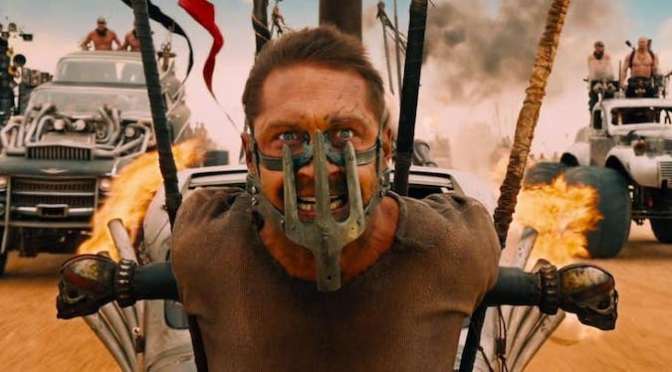 Tár is perhaps not the most exciting title ever conceived for a film, but a character as narcissistic as Lydia Tár wouldn’t dare permit any confusion about who’s in charge here. This is her story, and in Tár’s mind that means she alone is the owner of that story. A story, a piece of music, a relationship, a marriage — these are not conversations or discussions, not malleable things that allow for multiple participants. These are possessions, shouldered entirely by their owner, and in a way those possessions define the identity of the owner herself. Any attempt by another to repossess those things, then, would be akin to destroying that identity.
Tár is perhaps not the most exciting title ever conceived for a film, but a character as narcissistic as Lydia Tár wouldn’t dare permit any confusion about who’s in charge here. This is her story, and in Tár’s mind that means she alone is the owner of that story. A story, a piece of music, a relationship, a marriage — these are not conversations or discussions, not malleable things that allow for multiple participants. These are possessions, shouldered entirely by their owner, and in a way those possessions define the identity of the owner herself. Any attempt by another to repossess those things, then, would be akin to destroying that identity.
If you’ve ever found yourself in contention with a true narcissist, you know how threatening that idea really is. Here, in Todd Field’s first film in sixteen years (his previous being the excellent Little Children), Cate Blanchett gives her all as the embattled and egomaniacal Tár, a decorated classical conductor on the verge of completing a massive cycle of Mahler’s symphonies. At first, the success Tár enjoys seems well-earned. She credits her mentors, gives back to the community and has amicable relationships with her assistant and her guest conductor. As the recording session for the final symphony approaches, though, we begin to see how Tár’s success has been built on a sinister foundation.



 Good action direction is its own beast, a delicate balance of choreography, cinematography and editing that usually has two distinct goals: be exciting and be coherent. Those goals can be at odds, of course, as the more frantic and fast-paced an action sequence gets, the more likely it is to lose the viewer. 2002 was a watershed year for the actioner with the release of The Bourne Identity, which sported a super-fast-cutting editing style that worked brilliantly in its best moments; Bourne Supremacy, the sequel, doubled-down on this technique and arguably set the bar even higher than its predecessor. But many of the films that aped Bourne in the ensuing years failed to balance those two goals, resulting in messy fight scenes and chase sequences that were hard to follow. Heck, there are even a few moments in the trilogy-capping Bourne Ultimatum that lose the thread of logic in their haste.
Good action direction is its own beast, a delicate balance of choreography, cinematography and editing that usually has two distinct goals: be exciting and be coherent. Those goals can be at odds, of course, as the more frantic and fast-paced an action sequence gets, the more likely it is to lose the viewer. 2002 was a watershed year for the actioner with the release of The Bourne Identity, which sported a super-fast-cutting editing style that worked brilliantly in its best moments; Bourne Supremacy, the sequel, doubled-down on this technique and arguably set the bar even higher than its predecessor. But many of the films that aped Bourne in the ensuing years failed to balance those two goals, resulting in messy fight scenes and chase sequences that were hard to follow. Heck, there are even a few moments in the trilogy-capping Bourne Ultimatum that lose the thread of logic in their haste.